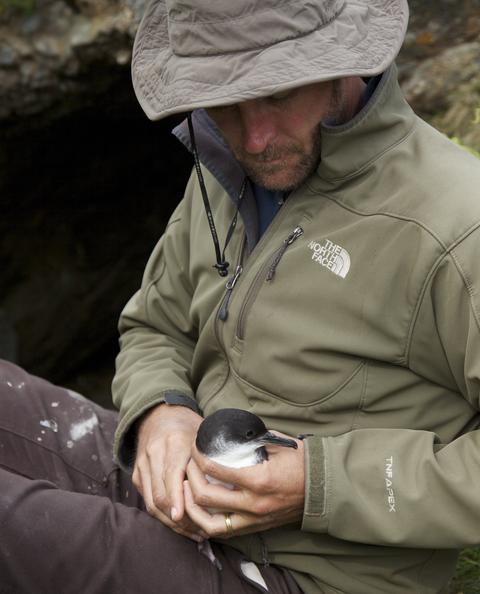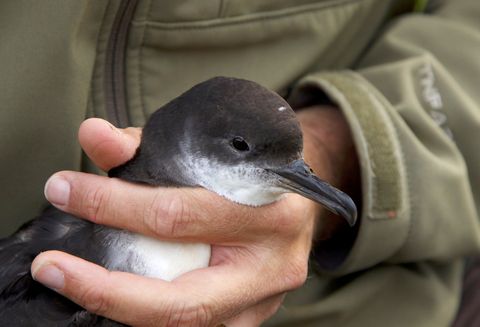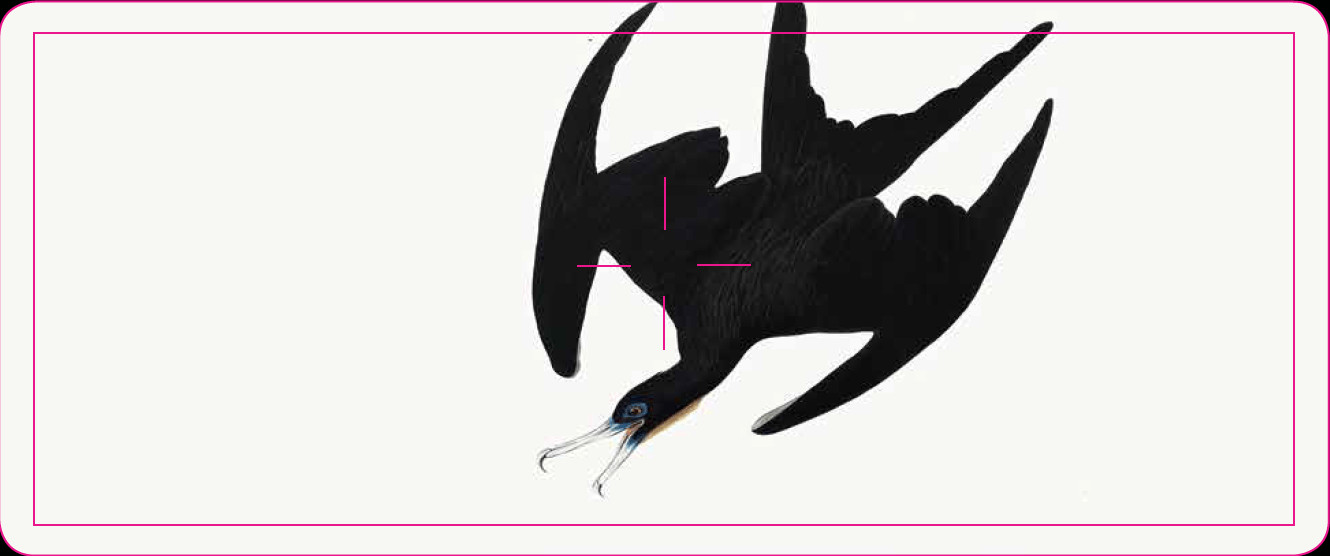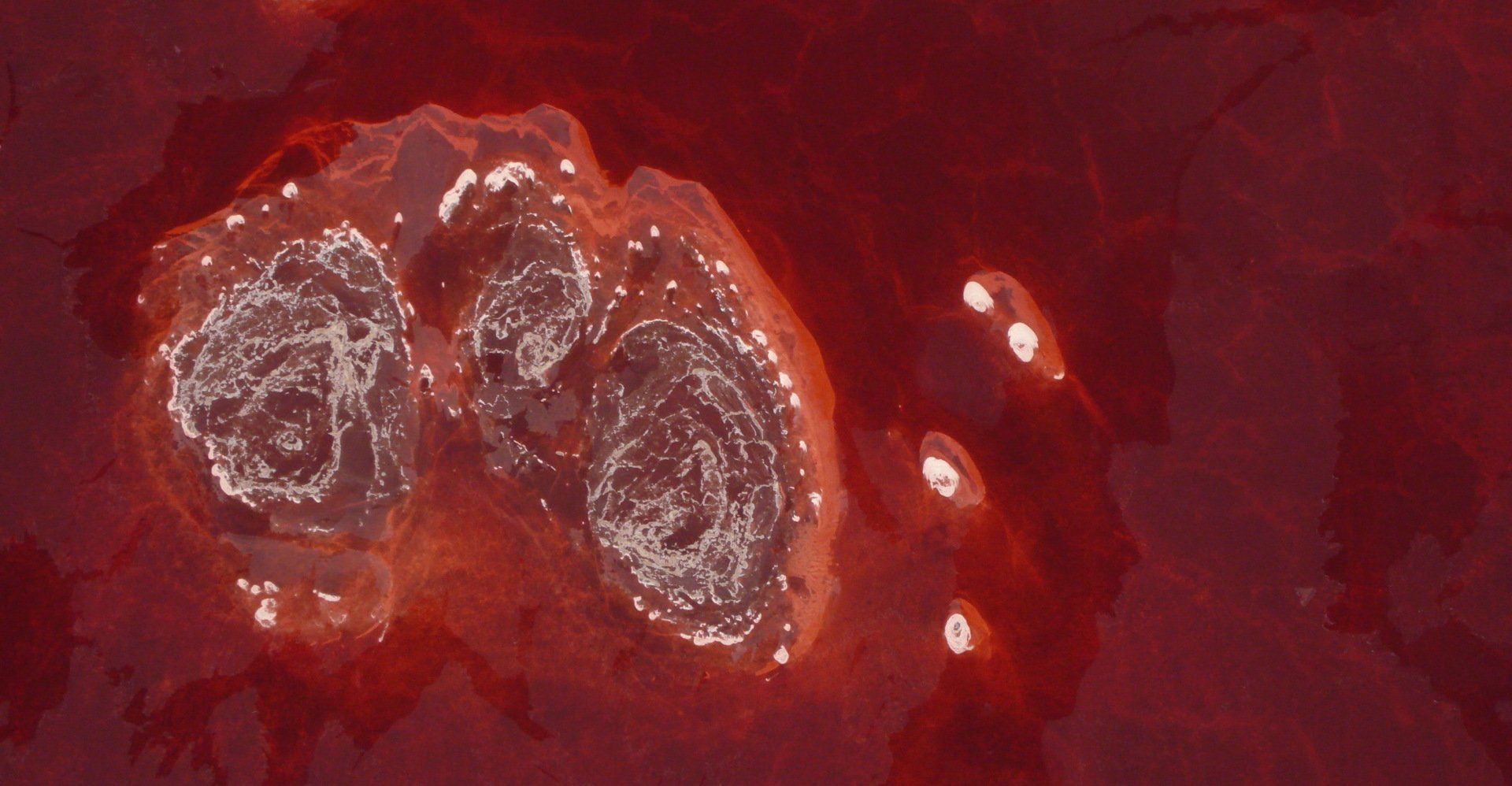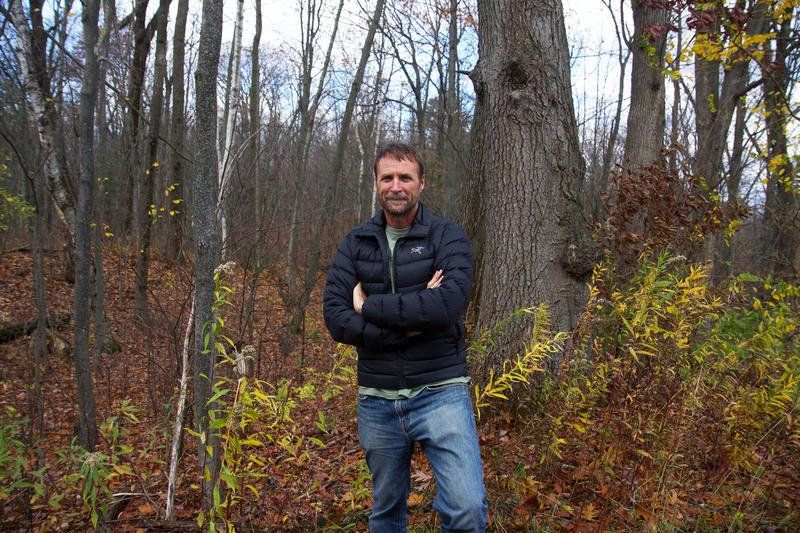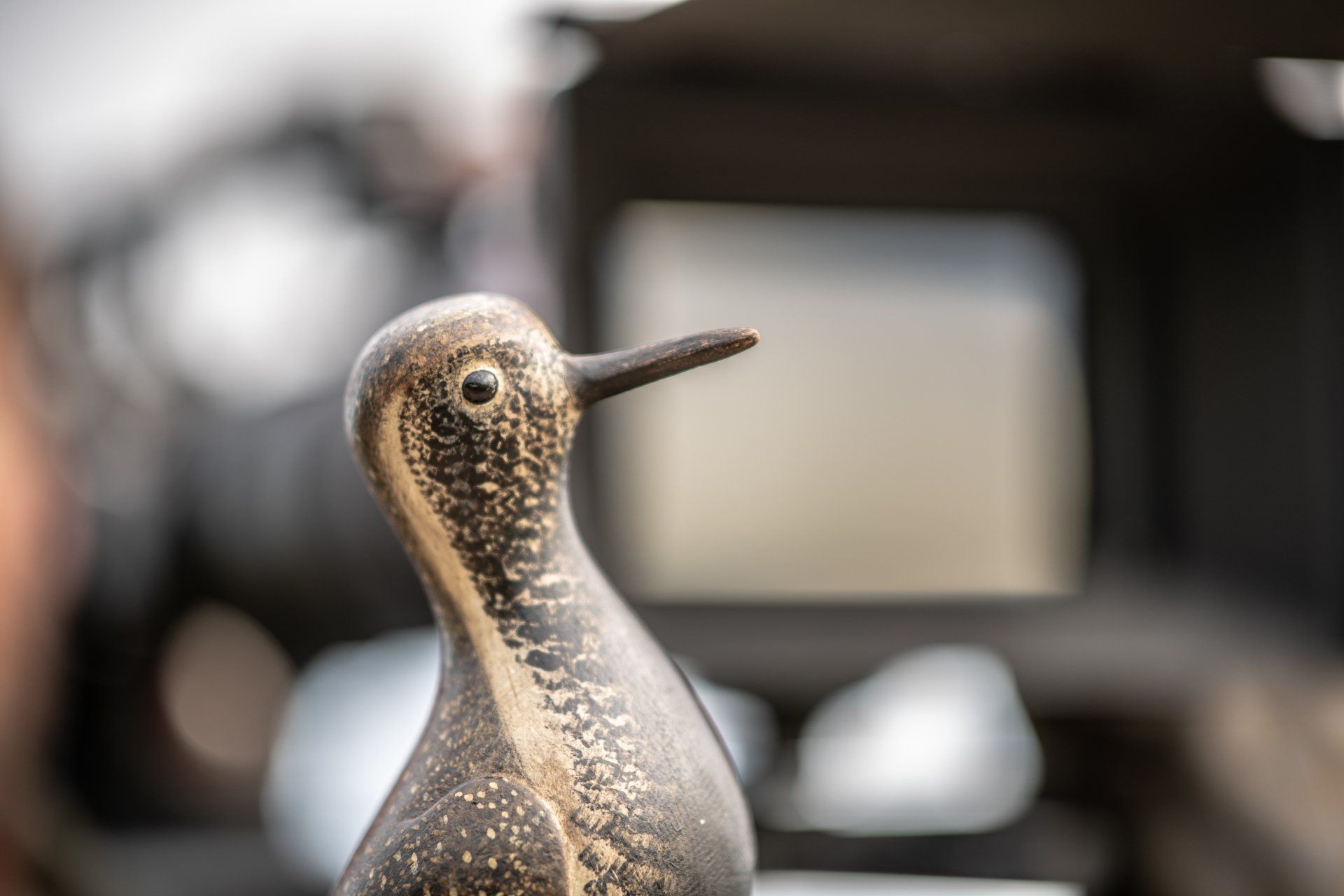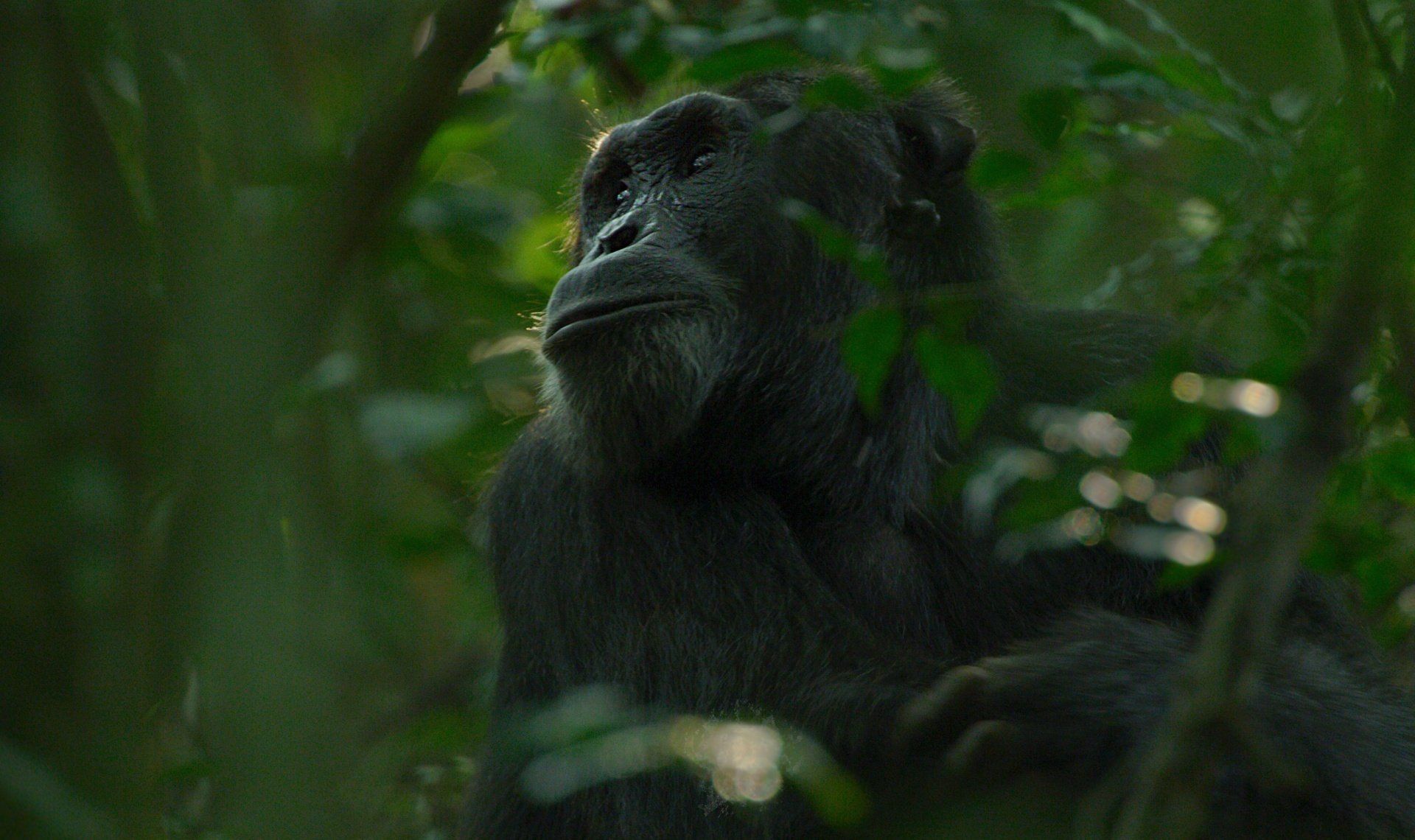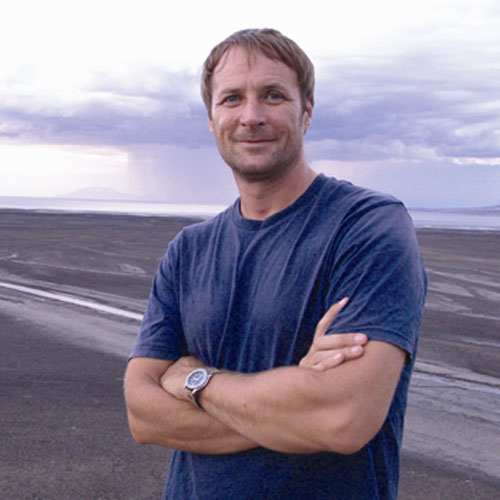
In Matt’s view, there’s no way to work in wildlife film without a deep love of animals and habitat, so there’s no way to be a wildlife film maker without also being a conservationist.
When Magellan first encircled the Earth it was seen to be boundless, infinite. “Wildlife film makers are also explorers, but we are principally explorers of planetary diminishment,” Matt comments, adding, “From the Antarctic to the Amazon and Alaska, my colleagues and I have collectively seen more of the planet than anyone else, ever. Our global travel reveals structural problems that replicate across the continents: rapacious exploitation driven by known individuals or corporations, the application of inappropriate technologies or cultural norms that leads to the entrenchment of global poverty.
“The collapse of biodiversity is occurring through the aggregation of millions of cuts, and this, combined with a generational loss of memory for healthy environments, creates a feedback loop that has direct and increasing effects on human health and wellbeing.
“I am a spokesperson for the natural world, and our planetary life-support system. I retain hope that an imaginative renaissance in wildlife film may help to effect a Copernican shift in the way that we see animals and our place in the world.”
Aldo Leopold in A Sand County Almanac says: “One of the penalties of an ecological education is that one lives alone in a world of wounds. Much of the damage inflicted on land is quite invisible to the layman. An ecologist must either harden his shell… or he must be the doctor who sees the marks of death in a community that believes itself well and does not want to be told otherwise.”
FIVE ACTIONS
“At home in Vermont I undertake penance: I work to create structural diversity in my woodland property, putting right decades of clear-cut logging and creating valuable wildlife habitat. I monitor bird populations on my property through a bird banding (ringing) program. My wife and I encourage our daughters to run feral in the forest and engage with the world around them.”
Here are five suggestions for action that every individual can take to contribute to a solution for our biodiversity crisis:
1) Use every sense to take note of the natural world: wildlife unobserved is wildlife lost.
2) Empathize with the struggles of fellow creatures, realize that they have their own agendas, that they aren’t there simply for our edification.
3) Demand that ecological education is part of every child’s core school syllabus: ecology is the foundation stone of all human activity.
4) Never use glyphosate or neonicotinoids in your garden or on your farm: Let things grow rampant, marvel at complexity, and save yourself time for the important things in life.
5) Imagine a vast resurgence of wildlife (your lost wildlife inheritance) and weaponize your vote for environmental priority and landscape level re-wilding efforts.



